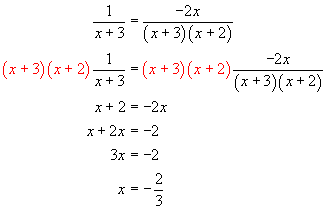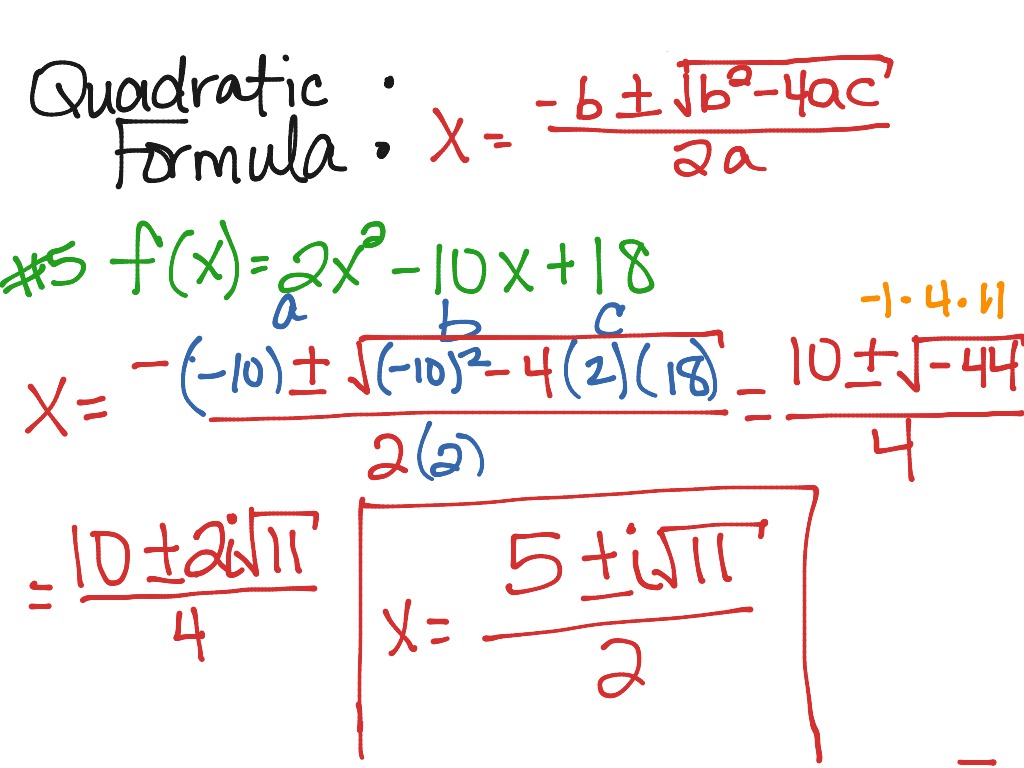
These operators allow the construction of a differential calculus for such functions that is entirely analogous to the ordinary differential calculus for functions of real variables. In complex analysis of one and several complex variables, Wirtinger operatorsare partial differential operators of the first order which behave in a very similar manner to the ordinary derivatives with respect to one real variable, when applied to holomorphicfunctions, non-holomorphicfunctions, or simply differentiable functions on complex domain. This property lies on the fact that if a function is analytic in the space spanned by ℜ xand ℑ xin R, it is also analytic in the space spanned by xand x* in C. Although not widely known, it is also possible to construct an extended nonlinear function that includes not only the original complex state variables but also their complex conjugates, and then the Wirtinger calculus can be applied. Hence, for many decades this problem has been solved redefining the nonlinear functions as separate functions of the real and imaginary parts of their complex arguments so that standard methods can be applied.
SOLVING COMPLEX 4 EQUATION SYSTEMS SERIES
Consequently, for these functions Taylor series expansions do not exist. Nonetheless, the solution methods of these problems often require a first- or second-order approximation of the set of power flow equations such methods cannot be applied to nonlinear functions of complex variables because they are nonanalytic in their arguments. To overcome this difficulty, the proposal described in this chapter aims to model the aforementioned applications in a unified system of coordinates, e.g., complex domain. It turns out that these solutions are not well suited for modeling voltage and current phasor. For instance, the power flow analysis and power system state estimation are well-known tools, among others. The reasons and motivations are stated throughout the whole document once the numerical solutions for solving power system applications are typically carried out in the real domain. This work is a tribute to Steinmetz’s contribution. Finally, the factorization method of the aforementioned Jacobian matrices is addressed through the fast Givens transformation algorithm which means the square root-free Givens rotations method in complex plane.

Similarly, overdetermined Jacobian matrices can be dealt, e.g., through the Gauss-Newton method in complex plane aimed to solve power system state estimation problems.

For instances, the complex-valued Jacobian matrix emerged from the power flow analysis model which is solved by Newton-Raphson method can be exactly determined. Thus, the goal is to apply this methodology for solving nonlinear systems of equations emerged from applications in the industry. To overcome this problem, the Wirtinger calculus allows an expansion of nonlinear functions in its original complex and complex conjugate variables once they are analytic in their argument as a whole.

However, such methods cannot be applied to functions of complex and complex conjugate variables because they are necessarily nonanalytic. The solution of these problems often requires a first- or second-order approximation of nonlinear functions to generate a new step or descent direction to meet the solution iteratively. Nonlinear systems of equations in complex plane are frequently encountered in applied mathematics, e.g., power systems, signal processing, control theory, neural networks, and biomedicine, to name a few.


 0 kommentar(er)
0 kommentar(er)
